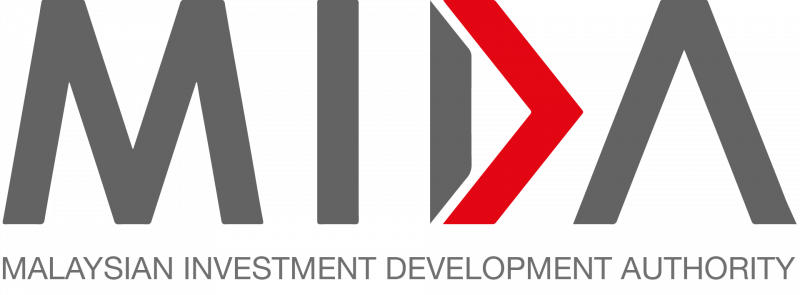Malaysia’s industrial sector is set for continued growth in 2025, supported by government initiatives, infrastructure developments, and the integration of artificial intelligence (AI) in industrial parks, according to Knight Frank Asia-Pacific’s latest outlook report.
The report titled “Charting new horizons – 25 trends shaping 2025” highlighted how global trade tensions, particularly the possibility of higher tariffs under a new Trump administration, are driving manufacturers to diversify production, making Malaysia an attractive alternative.
“With trade tensions likely to take centre stage in 2025, primarily in response to Trump’s planned tariff increase, manufacturers will strive to limit risks, manage costs, and explore new markets for production,” Allan Sim, senior executive director of Land and Industrial Solutions at Knight Frank Malaysia, said in an accompanying statement.
He said Malaysia’s strategic location, government incentives, and evolving industrial landscape position it as a key destination for manufacturers reassessing supply chains.
The report also highlighted the increasing role of AI and automation in shaping Malaysia’s industrial sector, particularly in logistics, warehousing, and high-value manufacturing.
“As Malaysia transitions into a high-tech, high-value manufacturing hub, we are witnessing a shift towards more sophisticated industrial facilities that align with global supply chain trends,” said Keith Ooi, Group Managing Director of Knight Frank Malaysia.
“AI-integrated industrial parks will be a game-changer, offering enhanced operational efficiencies, predictive maintenance capabilities, and optimised resource management, ultimately attracting both domestic and foreign direct investments.”
Malaysia has seen a surge in industrial investment, with strong interest in logistics, warehousing, and advanced manufacturing.
The report noted that Southeast Asia’s emerging markets, including Malaysia, are benefiting from shifting global supply chains and favourable government policies.
Despite economic uncertainties, Malaysia’s industrial sector is expected to maintain resilience, with AI-driven infrastructure and trade realignments reinforcing its position as a preferred hub for industrial and manufacturing investments.
This comes as Minister of Investment, Trade, and Industry Datuk Seri Tengku Zafrul Abdul Aziz said earlier that the rise of new advancements in artificial intelligence (AI) platforms, such as China’s DeepSeek, won’t jeopardise Malaysia’s data centre industry.
Instead, he said such advancements could even boost demand for them locally.
Source: Malay Mail
Knight Frank: Malaysia’s industrial sector poised to benefit from AI integration, global trade realignments in 2025
Content Type:
Duration:


